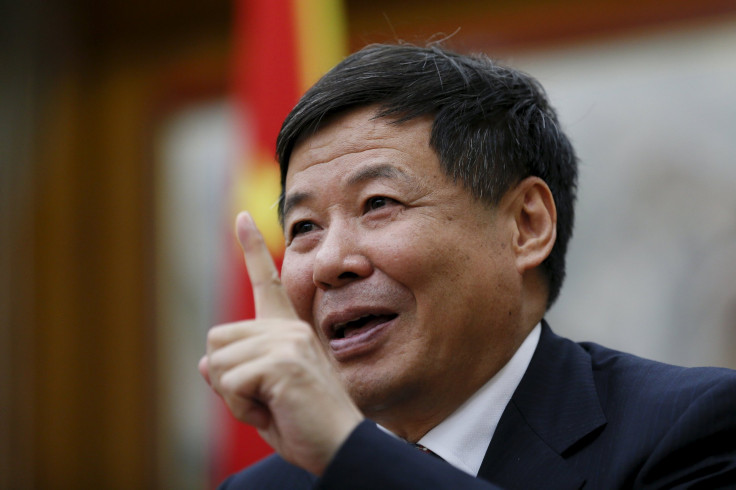Chinese Stocks Hit ‘Psychologically Important’ 4K Mark Again, As Beijing Pledges To Continue Stabilizing The Market

SHANGHAI -- Chinese stocks have broken through a key psychological mark for the first time since the dramatic falls earlier this month, which prompted near panic on the markets and a government stabilization campaign costing tens of billions of dollars.
The main Shanghai Composite Index continued its rise of the past few days, closing 0.64 percent up, at 4,017. This took it above the 4,000 mark, which Chinese analysts say is the point at which the market is seen as moving into positive territory, and disproved “worries” that the rebound could not break this "ceiling," according to local media. China's secondary markets in Shenzhen, hit even harder in the rout of early July, also rose by about 1 percent.
The climb came after China’s market regulator on Monday insisted it would carry on with moves to stabilize the market. Its comments followed a report by a Chinese financial magazine, Caijing, which suggested that a government-linked finance company might be considering removing some of the billions of dollars it had invested in the market over recent weeks.
However, a spokesman for the China Securities Regulatory Commission (CSRC) said the report was untrue and “irresponsible.” He said the CSRC would “continue efforts to stabilize the stock market, restore investor confidence and prevent systemic risks.”
The Chinese government launched its measures to prop up the market in an attempt to stave off growing signs of panic among the country’s 90 million individual investors. Many citizens had plunged into the market in recent months, during a dramatic ‘bull run,’ which saw stocks rise over 150 percent in less than a year, only to plunge more than 30 percent in three weeks between mid-June and early July.
Yet while they appear, for the moment at least, to have reversed the momentum that saw the market drop from a high of more than 5,000 points to around 3,500, the government's measures remain controversial. As well as pumping billions of dollars of its own funds into the market, through state investment companies and banks, the government also ordered China's biggest brokerages to spend some $20 billion on buying shares, and made them promise not to sell stocks until the market reached the 4,500-mark again. The authorities also restricted new listings on the market, and allowed about half the companies already listed to suspend trading in their shares for more than a week.
Some experts have said the measures increase the risk of individual investors becoming complacent about continuing government support, leaving them to face potentially bigger losses in the future. There are also concerns that the moves undermine attempts to reform China’s financial system to make it more market-based.
However on Monday the official People’s Daily newspaper defended the government’s actions, saying “intervention in a stock market crisis” was an “international norm,” adding that "any market regulator" would do the same.
Official media have said the market turbulence will have a limited impact on China’s real economy. However the Global Times newspaper acknowledged on Tuesday that concerns remained about “when and how” to withdraw stabilization funds and “let the market return to normal.”
And China’s deputy finance minister Zhu Guangyao told Reuters at the weekend that the recent turbulence showed that Beijing needed “to learn from other countries [and] mature stock markets including the U.S. and U.K.,” though he did not specify what measures would be taken.
© Copyright IBTimes 2025. All rights reserved.





















